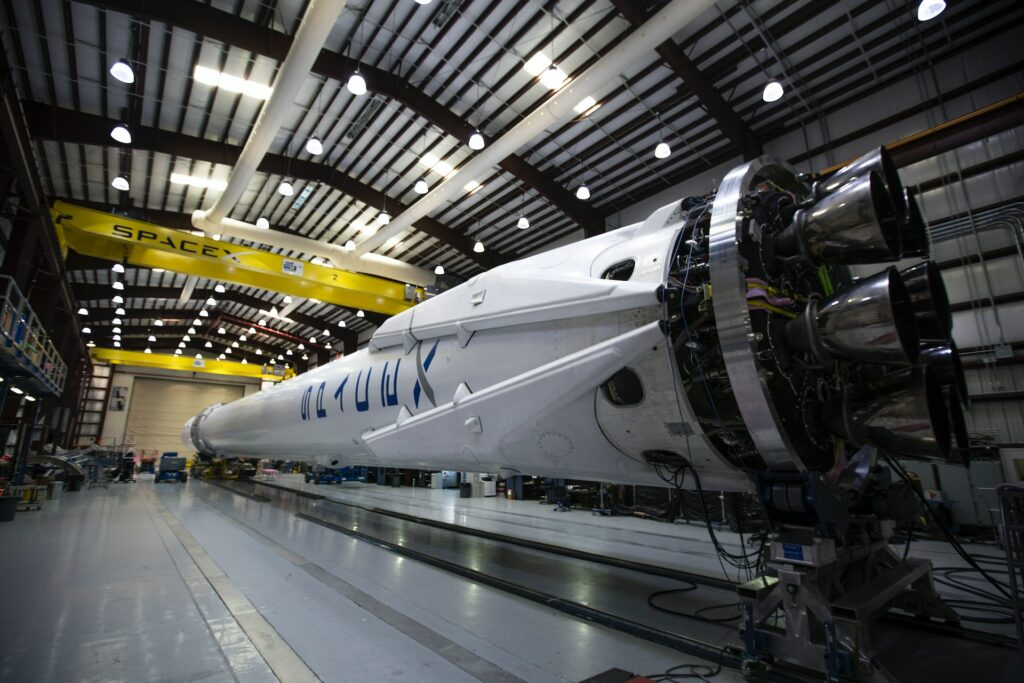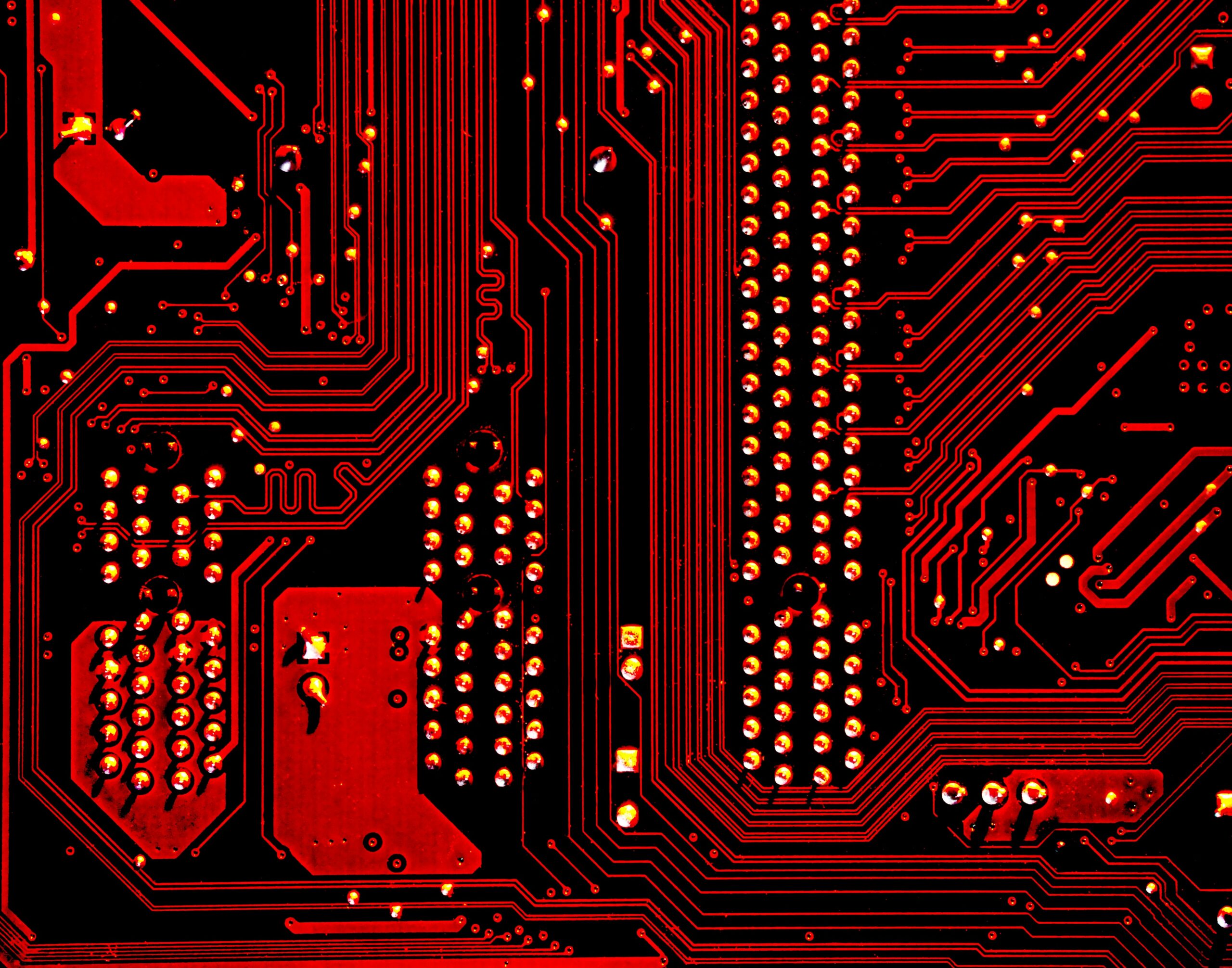In the fast-paced world of aerospace innovation, the importance of protecting intellectual property cannot be overstated. Whether you’re a pioneering aerospace engineer or part of a cutting-edge research team, your inventions and innovations are your lifeblood. The key to safeguarding your groundbreaking work lies in the realm of patent law. However, the synergy between Artificial Intelligence (AI) and patent drafting is reshaping the landscape of aerospace innovation protection.
AI has become an integral part of various industries, but its role in aerospace innovation is particularly noteworthy. It’s transforming the way we approach everything from autonomous systems to data analytics and predictive maintenance, optimizing designs and changing the game in patent drafting. This article delves into the fascinating and transformative intersection of AI and patent drafting in the aerospace industry. We’ll explore how AI is revolutionizing the drafting process, protecting innovation, and ponder the ethical considerations that arise when machines start creating patents.
Understanding AI in Aerospace Innovation
The aerospace industry’s romance with AI dates back several decades, making for a rich historical narrative. It all began with the adoption of automation for basic tasks. In the 1950s and 1960s, autopilots guided aircraft, and radar-based collision avoidance systems became rudimentary precursors to AI. Fast forward to today, and AI has taken flight, literally and metaphorically, in autonomous aircraft, drones, and even in the development of the futuristic space planes.
Aerospace, as an industry, has pushed the envelope in terms of AI adoption. It’s not just about autonomous flight; it’s about leveraging AI for predictive maintenance, fuel efficiency, and the creation of designs that were once considered science fiction. AI isn’t merely a buzzword; it’s a catalyst for aerospace innovation, and this innovation has a lot to do with patent drafting.
AI in Aerospace Today
Autonomous Systems
The marriage of AI and aerospace is most apparent in autonomous systems. In an era where pilotless aircraft and drones are becoming increasingly common, AI algorithms have taken center stage. These systems have to process a staggering amount of data in real-time, from weather conditions to traffic and mechanical health. AI-powered algorithms make it all possible. The intelligence that AI brings to these systems is critical not only for safe operation but also for fulfilling the dreams of a connected and automated world.

Data Analytics and Predictive Maintenance
Aircraft and aerospace machinery generate an astounding amount of data, and AI is the key to extracting meaningful insights from this data. With AI, engineers can predict when a component is likely to fail, allowing for preemptive maintenance. This predictive maintenance doesn’t just save time and resources; it can be a matter of life and death. In the aerospace industry, a single, seemingly minor malfunction can have catastrophic consequences. Predictive maintenance, driven by AI, is revolutionizing safety in aerospace.
Optimization and Design
Another remarkable application of AI in aerospace is in the optimization of aircraft design. Traditionally, creating an aircraft design was a painstaking, labor-intensive task. Engineers would design components and systems, and then physical prototypes would be built and tested. The process was slow, expensive, and sometimes limited in terms of design options.
AI has turned this paradigm on its head. Using machine learning, AI algorithms can generate and optimize designs at speeds that were once unimaginable. These algorithms explore a multitude of design possibilities, fine-tuning materials, shapes, and configurations to create highly efficient and innovative aircraft.
The adoption of AI in aerospace isn’t just about staying competitive; it’s about staying in the game. AI isn’t just a luxury; it’s a necessity. As the aerospace industry continues to evolve, so does the need to protect these innovations, and that’s where patent drafting comes into play.
The Basics of Patent Drafting
At its core, a patent is a legal document that grants the inventor exclusive rights to their invention for a limited period, usually 20 years. This exclusivity allows the inventor to control who can make, use, or sell their invention, providing a strong incentive for innovation. In essence, it’s a contract between the inventor and the government: the inventor discloses their invention to the public in exchange for the exclusive right to use it.
In the aerospace industry, where innovations often involve cutting-edge technology, securing a patent can mean the difference between gaining a competitive edge and falling behind. This legal protection provides a solid foundation for aerospace companies to recoup their investments in research and development and continue to push the boundaries of technology.
Types of Patents in the Aerospace Industry
Aerospace innovations come in various forms, from new propulsion systems to novel wing designs and software that powers avionics. These innovations can be protected using different types of patents. The two most common types in aerospace are utility patents and design patents.
Utility Patents
Utility patents are the most prevalent in the aerospace industry. They cover new and useful processes, machines, articles of manufacture, or compositions of matter. In other words, they protect the functionality or usefulness of an invention.
When it comes to aerospace, utility patents are often sought for innovative technologies such as aircraft engines, avionics systems, propulsion methods, and more. These patents protect the way an innovation works and can be used, giving inventors a strong legal shield against competition.
Design Patents
Design patents, on the other hand, are all about appearance. They protect the ornamental design of an object rather than its utilitarian features. In the aerospace industry, design patents can be relevant for inventions such as aircraft interiors, unique fuselage designs, and distinctive wing shapes.
While they don’t protect the underlying technology, design patents are essential for safeguarding the aesthetic aspects of aerospace innovations. After all, a unique and recognizable design can play a significant role in branding and marketability.
Patentability Requirements
The road to securing a patent is not without its challenges. Patents are not awarded lightly; they come with stringent requirements. To obtain a patent, an invention must meet three primary criteria:
Novelty
An invention must be novel, meaning it is entirely new and hasn’t been publicly disclosed or patented before. Even small changes to existing technology can be considered novel and patent-worthy.
Non-Obviousness
An invention must also be non-obvious to a person skilled in the relevant field. This requirement prevents inventors from obtaining patents for minor tweaks that any expert in the industry would consider obvious.
Utility
A patent must have a practical use or utility. In other words, it must serve a functional purpose. Navigating these requirements can be a complex and time-consuming process, but it’s crucial for inventors in the aerospace industry to secure their innovative concepts.
The Patent Application Process
Once you’ve determined that your invention meets the criteria for patentability, the next step is to embark on the patent application process. This process consists of several key stages, each designed to ensure that your invention qualifies for patent protection.
Preparing a Patent Application
The first step in the process is to prepare a detailed patent application. This application typically includes:
- Title: A concise and descriptive title for your invention.
- Abstract: A brief summary of the invention’s key features and functions.
- Background: An explanation of the technical field, the problems your invention
addresses, and the state of the art. 4. Detailed Description: A thorough and clear explanation of how the invention works, often accompanied by diagrams or drawings.
- Claims: The heart of the patent application, claims define the precise scope of protection sought. They describe what aspects of the invention you believe are unique and should be protected.
Filing and Examination
Once the patent application is prepared, it needs to be filed with the appropriate patent office, such as the United States Patent and Trademark Office (USPTO) in the U.S. The application then undergoes a thorough examination process, where patent examiners assess its novelty, non-obviousness, and utility.
Examiners will search through existing patents and technical literature to identify prior art—previously published information that is relevant to the invention. If the examiner determines that the invention is novel, non-obvious, and useful, a patent will be granted.
However, the patent application process can be challenging and time-consuming, especially for complex aerospace innovations. Inventors often find themselves navigating intricate legal language, ensuring that their claims are sufficiently broad to protect their invention while still complying with patent law. This is where AI is stepping in to reshape the patent drafting landscape.
The Role of AI in Enhancing Patent Drafting
AI is not merely a bystander in the aerospace innovation scene; it’s actively reshaping how we draft patents to protect these innovations. The following sections explore the key areas where AI is making a significant impact in the patent drafting process:
AI-Powered Patent Search and Analysis
Identifying Prior Art
One of the most crucial steps in patent drafting is identifying relevant prior art. To secure a patent, an invention must be novel, meaning it has not been previously disclosed. This requires an exhaustive search of existing patents, technical papers, and publications. Manual searches can be laborious and time-consuming, often leading to oversights or missed references.
AI, with its natural language processing capabilities, excels at sifting through vast amounts of text and data in record time. AI-driven tools can perform comprehensive searches, instantly identifying potential prior art that might have been missed in traditional searches. These tools can provide inventors with a comprehensive view of the existing patent landscape, allowing them to refine their claims and improve the chances of their patent’s success.
Analyzing Patent Landscapes
Beyond identifying individual prior art references, AI can also analyze entire patent landscapes. This involves assessing the competitive landscape in a specific technology area or industry. AI can highlight trends, emerging technologies, and the strengths and weaknesses of competitors’ patent portfolios.
By gaining insights into the patent landscape, inventors and companies can make more informed decisions about their patent strategies. AI can help identify whitespace where there may be opportunities for innovation and patent protection.
AI-Based Drafting Tools
Automatic Generation of Patent Claims
Writing patent claims is a complex and delicate process. Claims define the boundaries of your invention, and striking the right balance between specificity and breadth is critical. AI-based drafting tools can assist in this task by suggesting claim language based on existing patents and the invention’s description.
These tools analyze patent databases and identify language patterns used in successful patents in the same or related fields. They can propose claim language that aligns with existing legal precedents while ensuring your invention’s uniqueness is clearly defined. This can save patent drafters significant time and reduce the risk of claims being rejected due to ambiguity.
Assistance in Drafting Detailed Descriptions
In addition to claim drafting, AI can aid in the creation of detailed patent descriptions. These descriptions must be clear, thorough, and provide enough information for someone skilled in the field to understand and replicate the invention.
AI can review the detailed description and identify potential gaps or areas where more detail is needed. This helps ensure that the patent application meets the rigorous requirements for disclosure while making the drafting process more efficient.
AI in Patent Portfolio Management
Streamlining Prosecution and Maintenance
Patent prosecution, the interaction between inventors and patent offices, can be a lengthy and complex process. AI tools can help streamline this process by providing insights into examiner behavior, allowing inventors to tailor their responses more effectively.
Additionally, AI can assist in the maintenance of patent portfolios. It can help inventors and companies track key dates, such as annuity payments and maintenance fees, to ensure their patents remain in force. This proactive approach to portfolio management can save time and resources while safeguarding the value of intellectual property.

Monitoring Competitors’ Patents
In the fast-paced world of aerospace innovation, staying aware of what competitors are doing is crucial. AI-powered monitoring tools can continuously track new patent filings and changes in competitors’ portfolios. This real-time data enables companies to make informed decisions and adjust their own patent strategies as needed.
AI-driven patent drafting tools and portfolio management systems are revolutionizing how aerospace innovators approach the protection of their intellectual property. These technologies are enhancing efficiency, accuracy, and strategic decision-making, ultimately strengthening the role of patents in aerospace innovation.
Challenges and Ethical Considerations
As AI takes on a more prominent role in patent drafting, it brings forth a unique set of challenges and ethical considerations.
AI-Generated Patents and Inventorship
Traditionally, patents have listed humans as inventors. However, with AI playing a significant role in the innovation process, questions about inventorship have arisen. If AI algorithms generate designs or innovations, who should be listed as the inventor? This question is at the heart of a growing debate within the patent world.
For now, patent offices around the world still require human inventors to be named on patent applications. This requirement reflects the traditional understanding of invention and the legal framework that supports it. However, as AI continues to play a more central role in the innovation process, this legal framework may need to adapt to acknowledge the collaborative nature of AI-human innovation.
Ethical Concerns Regarding AI’s Role in Innovation
AI, while incredibly powerful, is not infallible. Biases present in training data can propagate into AI-generated inventions and patents. Ethical considerations arise when AI-generated patents may inadvertently perpetuate existing biases or unfairly disadvantage certain groups.
Additionally, concerns about job displacement have emerged. As AI takes on more tasks traditionally performed by patent professionals, there’s potential for job disruption in the legal and patent drafting fields.
The use of AI in patent examinations raises its own set of ethical issues. Should patent offices rely on AI systems to make crucial determinations about the patentability of inventions? Ensuring transparency, fairness, and accountability in these processes is paramount.

Leave a Reply